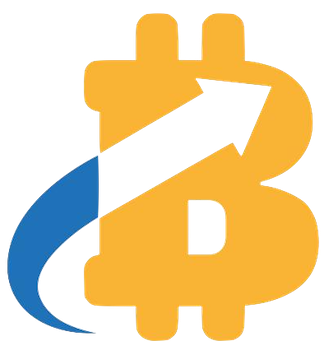In the ever-evolving world of cryptocurrency, stablecoins have emerged as a crucial component, offering more stable alternatives to the volatility of traditional cryptocurrencies like Bitcoin and Ethereum. Circle, the issuer of the USDC stablecoin, is at a crossroads that could significantly reshape its future. While the company is advancing with plans for an Initial Public Offering (IPO) aimed at a staggering $5 billion valuation, rumors of a potential acquisition by either Coinbase or Ripple have surfaced, stirring intrigue throughout the crypto community. This dynamic juxtaposition of going public while possibly considering a sale raises fundamental questions about the future of Circle, its technology, and the broader implications for the stablecoin market.
The Tension Between Independence and Integration
The relationship between Circle and Coinbase has been anything but straightforward. Initially born out of a collaborative effort in the Centre Consortium, their partnership provided fertile ground for USDC’s growth. However, as of 2023, the formal governance structure was dismantled, allowing Circle to assume full control of USDC. This independence—however celebrated—comes with strings attached to Coinbase, particularly surrounding revenue-sharing agreements and limitations on partnerships. Such clauses not only tighten the bond between the two entities but also pose critical challenges as Circle considers its strategic options. It seems increasingly likely that whichever path Circle chooses—IPO or acquisition—it may need to navigate this intricate web of financial interdependence.
Coinbase’s Dominance in the Equation
From a business perspective, the scenario tilting towards Coinbase may make sense with its extensive portfolio and integration with USDC. The symbiotic relationship forged through mutual revenue interests creates a solid foundation that may facilitate a seamless acquisition should Coinbase decide to pursue it. Indeed, based on insiders’ conversations, Circle would sell “in a heartbeat” if offered a compelling deal by Coinbase. This sentiment illustrates not only the urgency of Circle’s strategic positioning but also the stark reality of a market where mergers and acquisitions are commonplace and often necessary for survival. Given Coinbase’s reported cash reserves of $8 billion, it’s easy to see why they could potentially be the more plausible suitor for Circle, especially with their deep-rooted history and shared interests in the USDC ecosystem.
Ripple’s Bid: A Missed Opportunity?
On the other hand, Ripple’s interest in acquiring Circle—even with an offer valued between $4 billion and $5 billion—highlights the competitive nature of the blockchain sector. Although Ripple has made headlines with its significant XRP holdings and strategic acquisitions, the rejection of their initial offer indicates a lack of alignment with Circle’s valuation expectations or business outlook. This scenario presents an interesting dilemma for Circle: is it more beneficial to align with a traditional exchange like Coinbase, which has a proven track record and market stability, or to dive into a partnership with Ripple, which represents innovative potential but also significant regulatory scrutiny? The answer will likely hinge on Circle’s long-term vision and readiness for the complexities of the coming years.
The Future: An IPO or an Acquisition? A Question of Identity
The tension between choosing an IPO route and pursuing a sale presents a larger theme—identity in the crypto space. An IPO offers autonomy, enabling Circle to shape its destiny, garner investor confidence, and possibly enhance brand recognition. Conversely, a sale can provide immediate capital and security for their stakeholders, but it does carry the risk of compromising their autonomy in a market that prizes decentralization. As the landscape continually shifts, Circle must assess which option not only aligns with its corporate strategy but also resonates with its core values as a leader in the blockchain ecosystem.
Dangers Looming Ahead
Whatever path Circle chooses, it will face scrutiny and pressures from multiple fronts—regulatory bodies, market performance, and the escalating competition within the stablecoin and cryptocurrency markets. Furthermore, if discussions lead toward an acquisition, maintaining a collaborative approach that respects the ethos of crypto without compromising its decentralized nature will be paramount. The ongoing deliberation reflects the pressing question of how Circle positions itself in a future where stablecoin technology is expected to be an integral part of the financial system, and the choices made now could have lasting implications on its legacy.
As organizations grapple with the balance between growth opportunities and the potential for bureaucratic restraint, the outcome of Circle’s journey may serve as a litmus test for other entities navigating similar crossroads in this burgeoning field.



















Leave a Reply